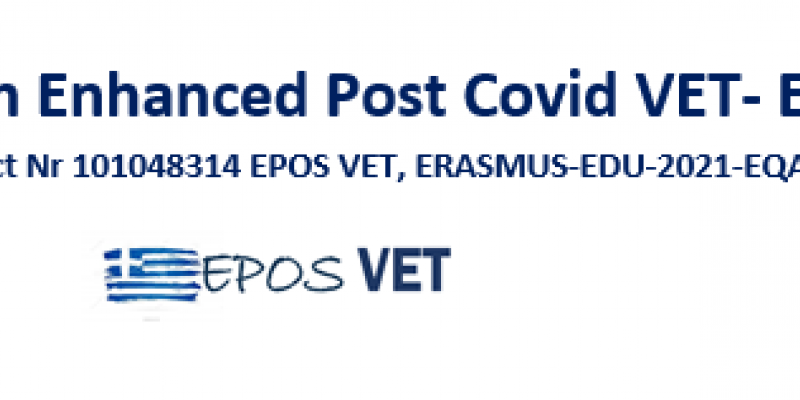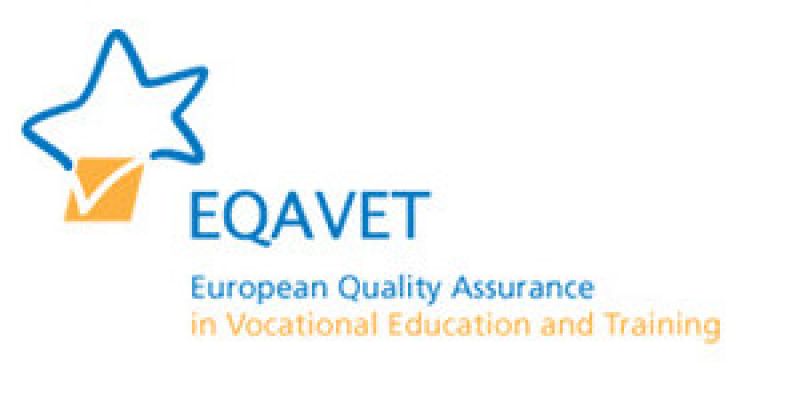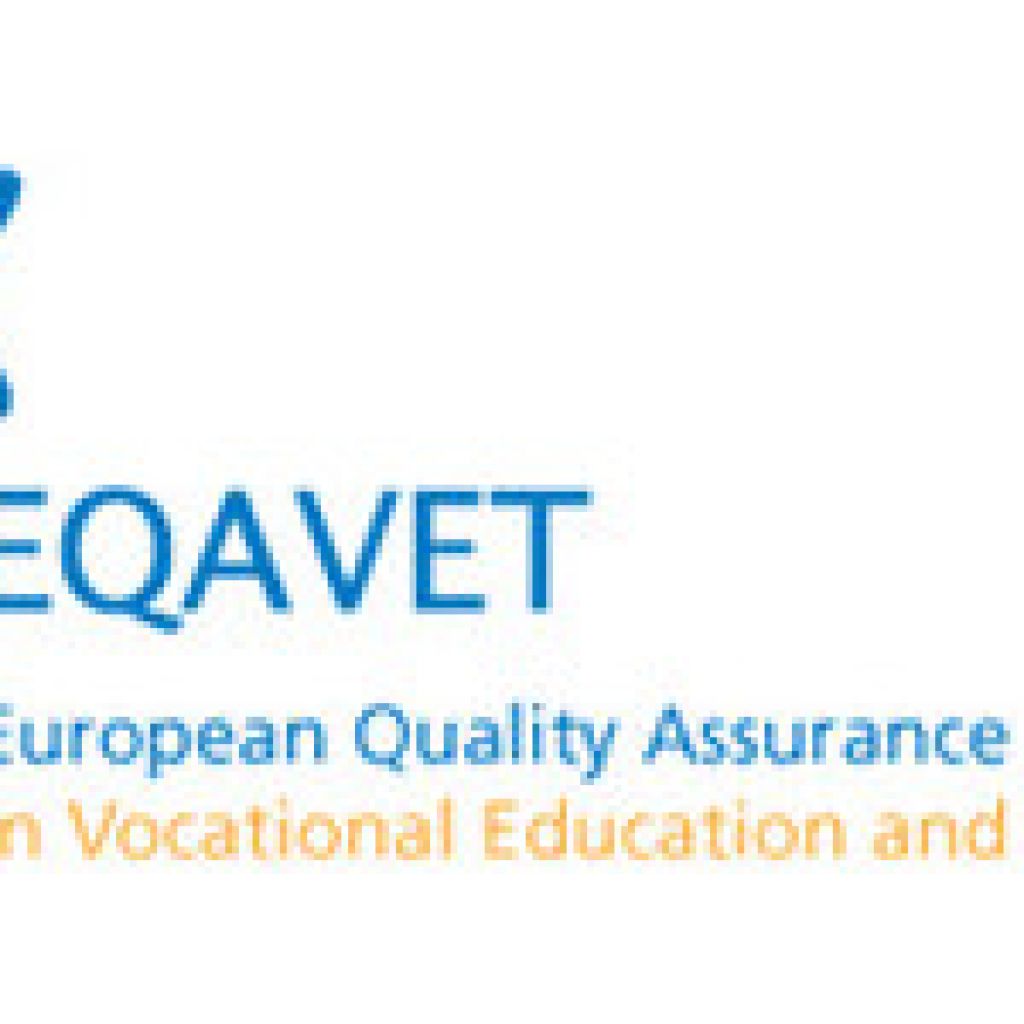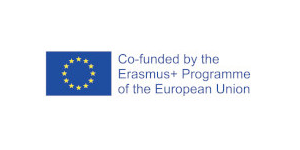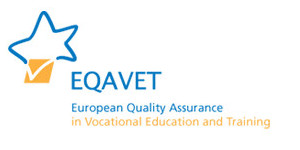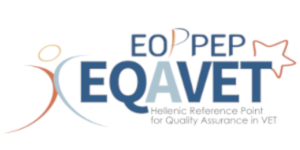
We develop and implement integrated proposals for the application of EQAVET quality cycle

We enhance innovation, creatity and mutual learning with the member states of the network

EOPPEP, as the EQAVET National Reference Point, pursuits activities for Quality Assurance in Vocational Education and Training
- We develop and implement integrated proposals for the application of EQAVET quality cycle
- We enhance innovation, creatity and mutual learning with the member states of the network
- EOPPEP, as the EQAVET National Reference Point, pursuits activities for Quality Assurance in Vocational Education and Training

Activities - Events
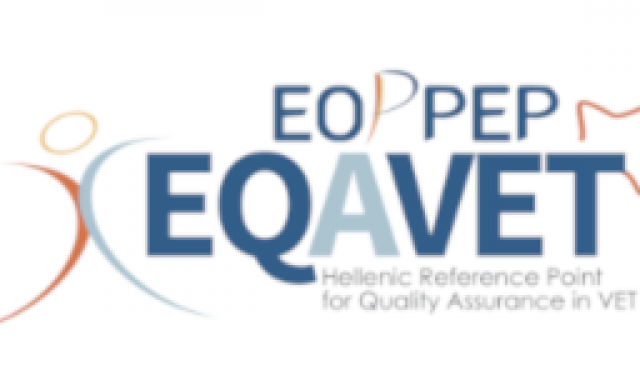
International online workshop/webinar on "Development of Quality Assurance Methodology for Initial Vocational Training Study Programs & Pilot Implementation Results", held at EOPPEP, on 27.07.2023
On July 27, 2023, the Directorate of Communication & Development and in particular the Department of the National Quality System of EOPPEP conducted with…
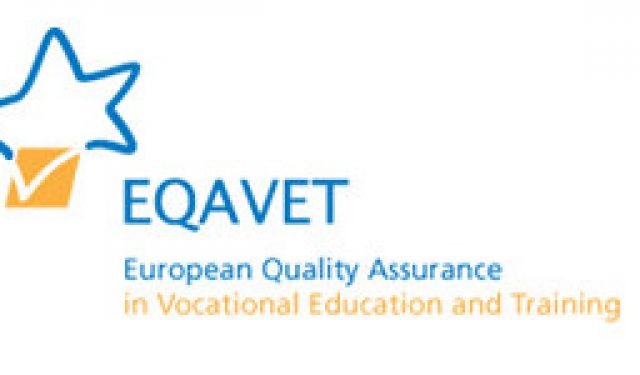
EQAVET Peer Review meeting at EOPPEP
The two-day Peer Review Meeting organized and facilitated on May 4 and 5/5/2023 by EOPPEP, as National Reference Point of the European Network for Quality As…

EOPPEP participation at the 9th on-line Peer Review In Finland, 07-08 December 2022
The 9th and final for 2022, EQAVET Peer Review Meeting, organized by the Finnish National Agency for Education (EDUFI), took place online on 07 and 08 of Decem…
 English (UK)
English (UK)  Greek (Greece)
Greek (Greece) 
